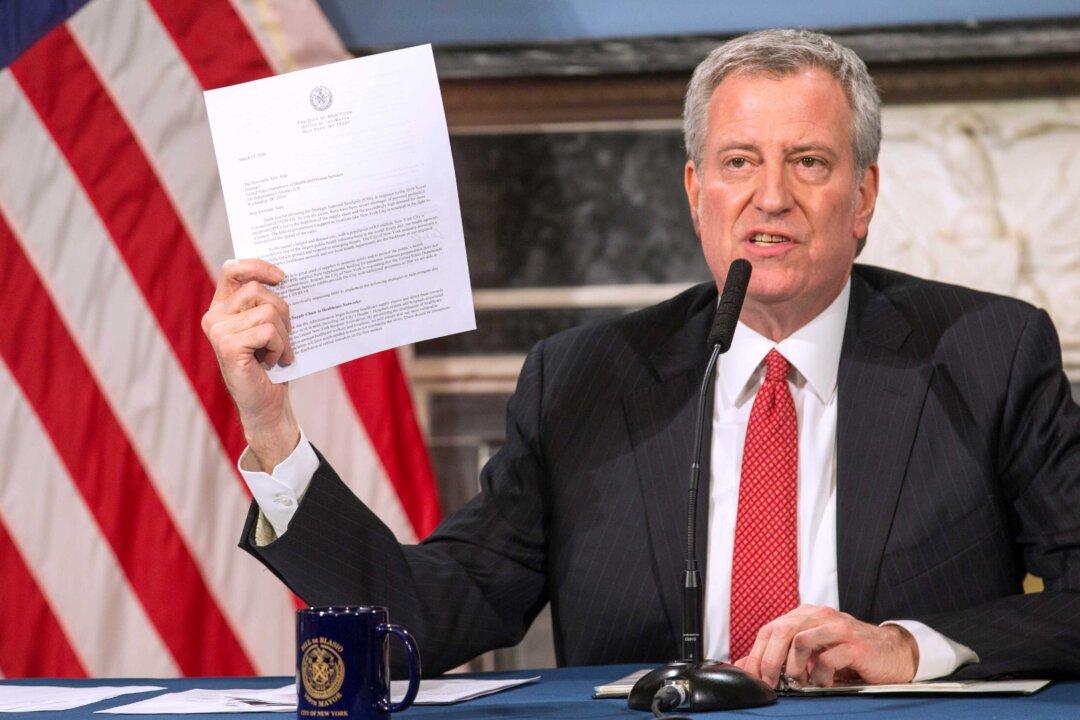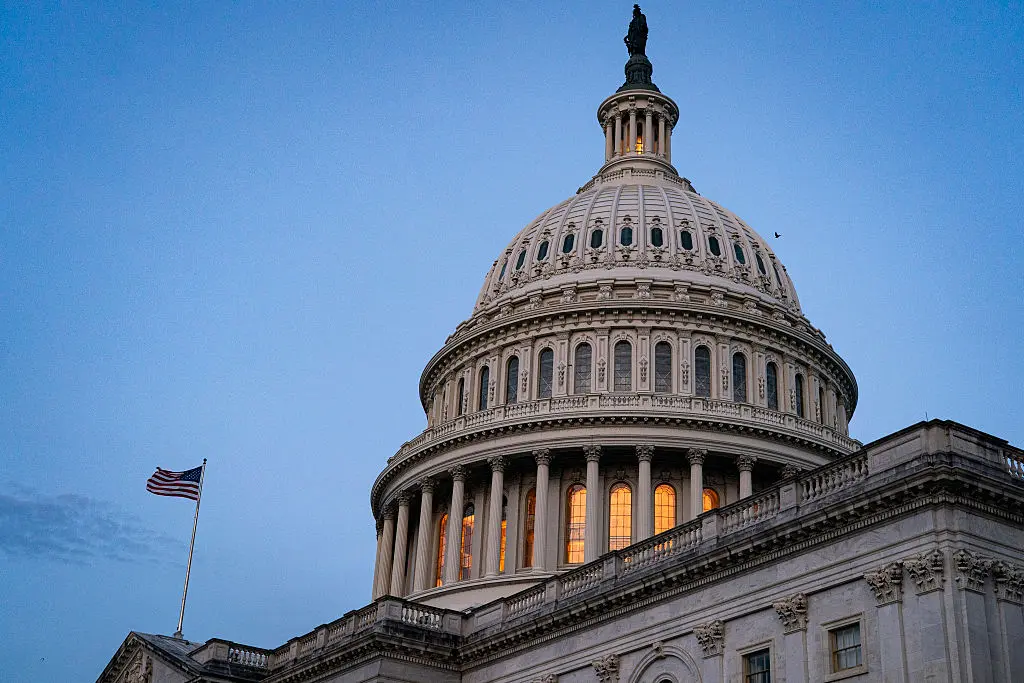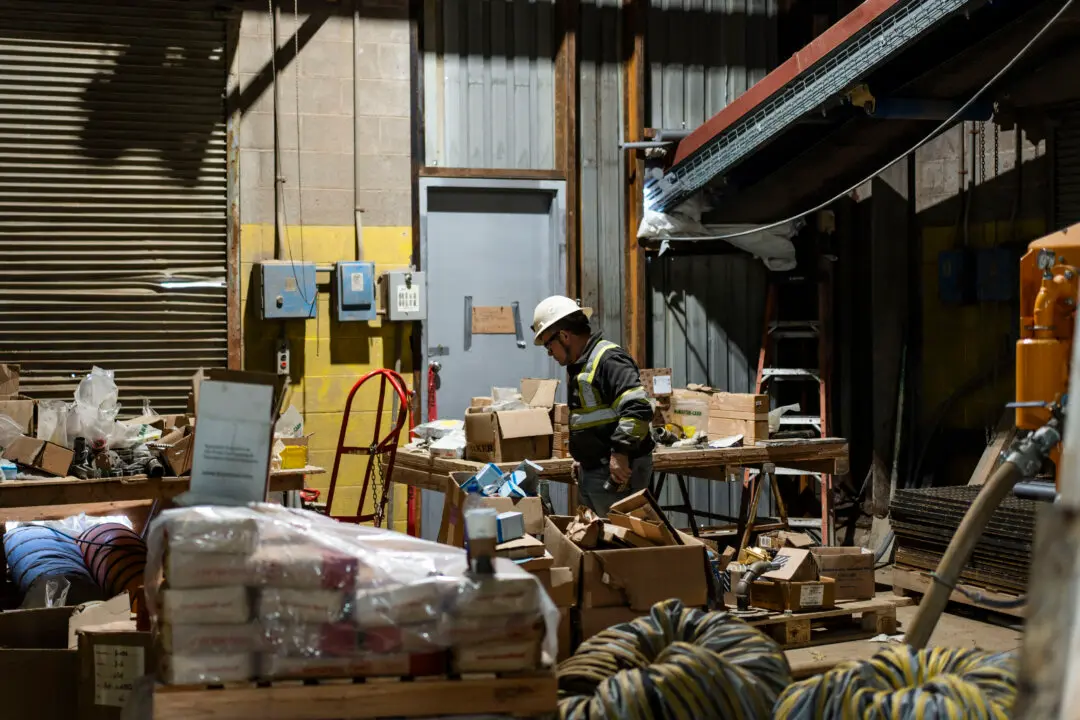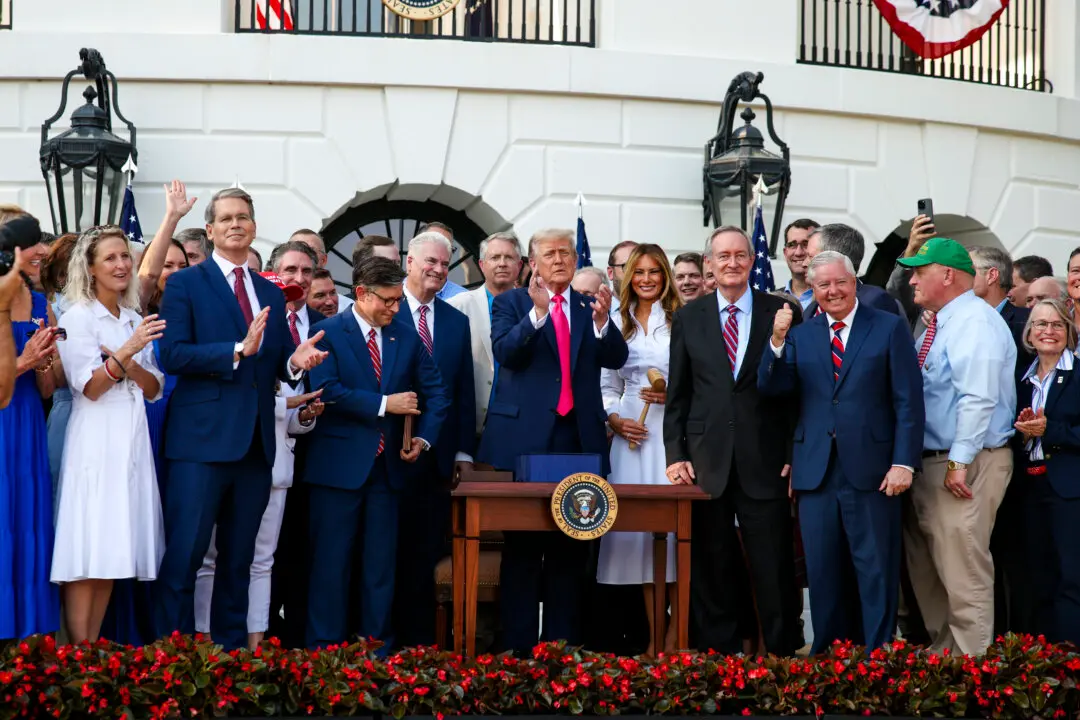New York City Mayor Bill de Blasio said Thursday the city is considering restricting entry at certain parks to prevent overcrowding in a bid to stem the spread of COVID-19, the disease caused by the CCP virus, commonly known as the novel coronavirus.
The mayor said the efforts would boost efforts to maintain social distancing measures as the weather gets warmer and more people go outdoors.





